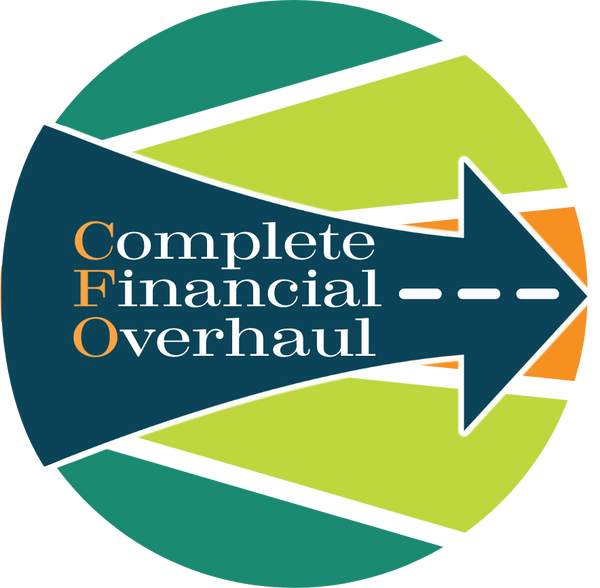How to Create an Effective Debt Repayment Plan
Share
Imagine creating a debt repayment plan as plotting a course for a long journey. Just as a well-planned route helps you reach your destination efficiently, an effective debt repayment plan guides you toward financial freedom, helping you pay off your debts systematically and strategically. By crafting a clear plan, you can stay on track, avoid unnecessary detours, and ultimately achieve your goal of being debt-free.
Why is it important to create a debt repayment plan? Just as starting a journey without a map can lead to getting lost, tackling debt without a plan can lead to confusion, missed payments, and financial stress. A repayment plan provides structure and clarity, allowing you to focus your efforts on paying off your debts in the most efficient way possible.
Start by listing all your debts. This is like mapping out your starting point—gather information about each debt, including the creditor, total balance, interest rate, minimum payment, and due date. Having all this information in one place allows you to see the full scope of your financial obligations and helps you prioritize which debts to tackle first.
Next, choose a repayment strategy. This is like deciding on the best route for your journey—there are several approaches to debt repayment, and the one you choose should align with your financial goals and situation. The “avalanche method” focuses on paying off debts with the highest interest rates first, minimizing the overall cost of borrowing. The “snowball method” targets smaller debts first, providing quick wins that can build momentum. Whichever method you choose, having a clear strategy keeps you focused and motivated.
Consider setting up a budget that allocates extra funds toward debt repayment. This is like packing the necessary supplies for your journey—adjust your budget to ensure you have enough money each month to cover your minimum payments and make additional payments on your highest-priority debt. Look for areas where you can cut back on spending or increase your income to free up more money for debt repayment. Every extra dollar you put toward your debt helps you reach your goal faster.
Set realistic milestones and celebrate your progress. Just as reaching a landmark on your journey provides a sense of accomplishment, setting milestones—such as paying off a specific debt or reaching a certain reduction in your overall balance—helps you stay motivated. Celebrate these achievements, no matter how small, as they mark important steps toward your ultimate goal.
Finally, be prepared to adjust your plan as needed. Just as a journey might require detours or adjustments, your financial situation may change over time. Whether it’s an unexpected expense, a change in income, or a new financial goal, be flexible and willing to adapt your repayment plan to stay on course. Regularly review your progress and make any necessary adjustments to keep moving forward.
By creating an effective debt repayment plan, you’re not just paying off your debts—you’re taking control of your financial future. It’s like setting out on a well-planned journey where every step is carefully considered, ensuring that you reach your destination of being debt-free as efficiently as possible. With a clear plan, disciplined budgeting, and a commitment to your goals, you can successfully eliminate your debt and achieve lasting financial freedom.
